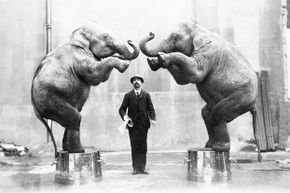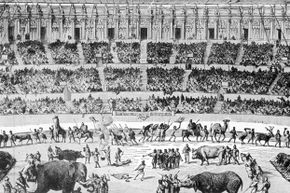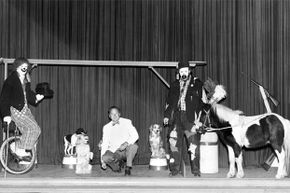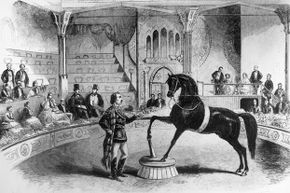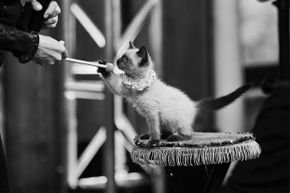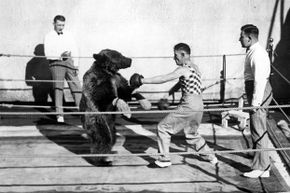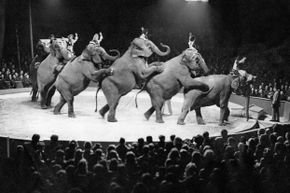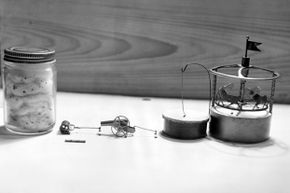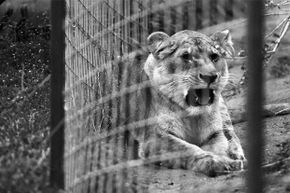One of my favorite all-time insults is to call someone a circus animal. Why is the term so satisfying? Hard to say, but I would guess that it implies the object of the slur is nothing short of ridiculous — like, say, an elephant wearing a tiny tiara, sitting down for tea. It also implies a craziness, like one might associate with a horse that gallops at full speed while patiently letting an acrobat do somersaults on its back. And lastly, I think that we associate circus animals with straight-up bananas behavior like a lion letting a human put their head in its jaws!
But circus animals are more than just caricatures. From the inception of the circus, they've been touted as full-fledged performers. Audiences are generally asked to see them as developed actors, and not just beasts trained to do rope tricks. Some would argue that behind the scenes they're treated far worse than a pet. In that spirit, we've compiled a list of circus animal facts that give us some insight into the history of their employment and acknowledge that the circus has — at times — taken advantage of its stars.
Advertisement
